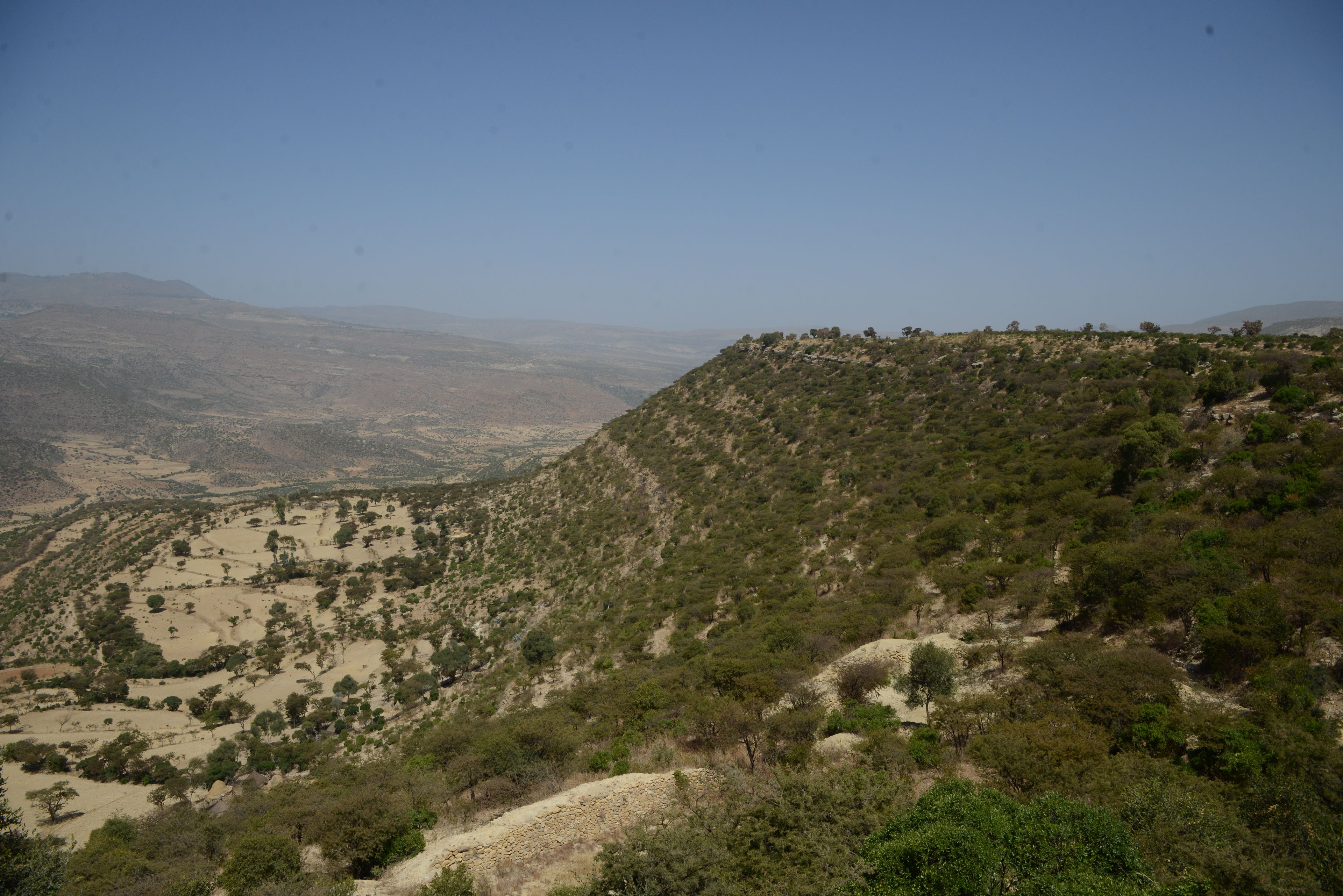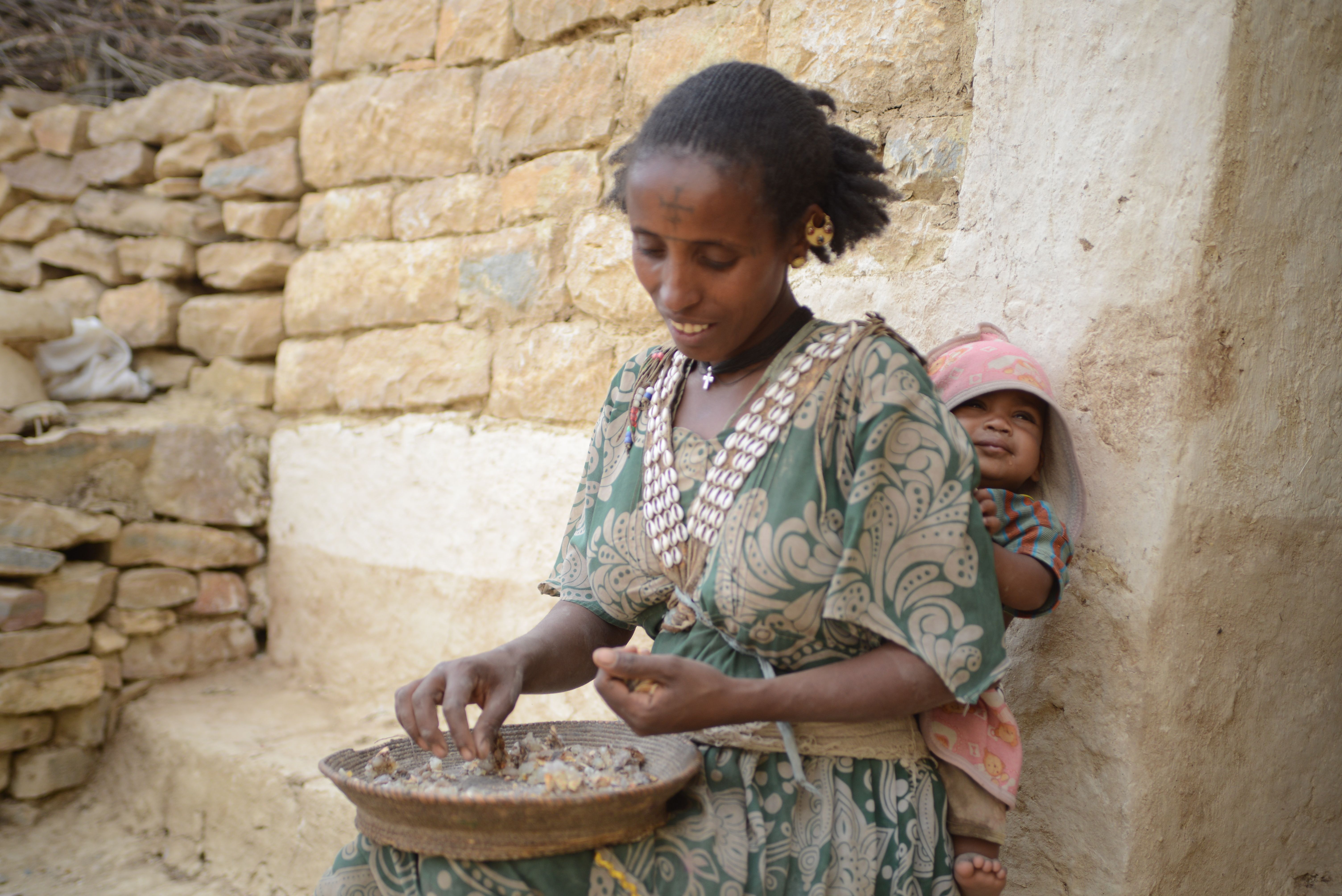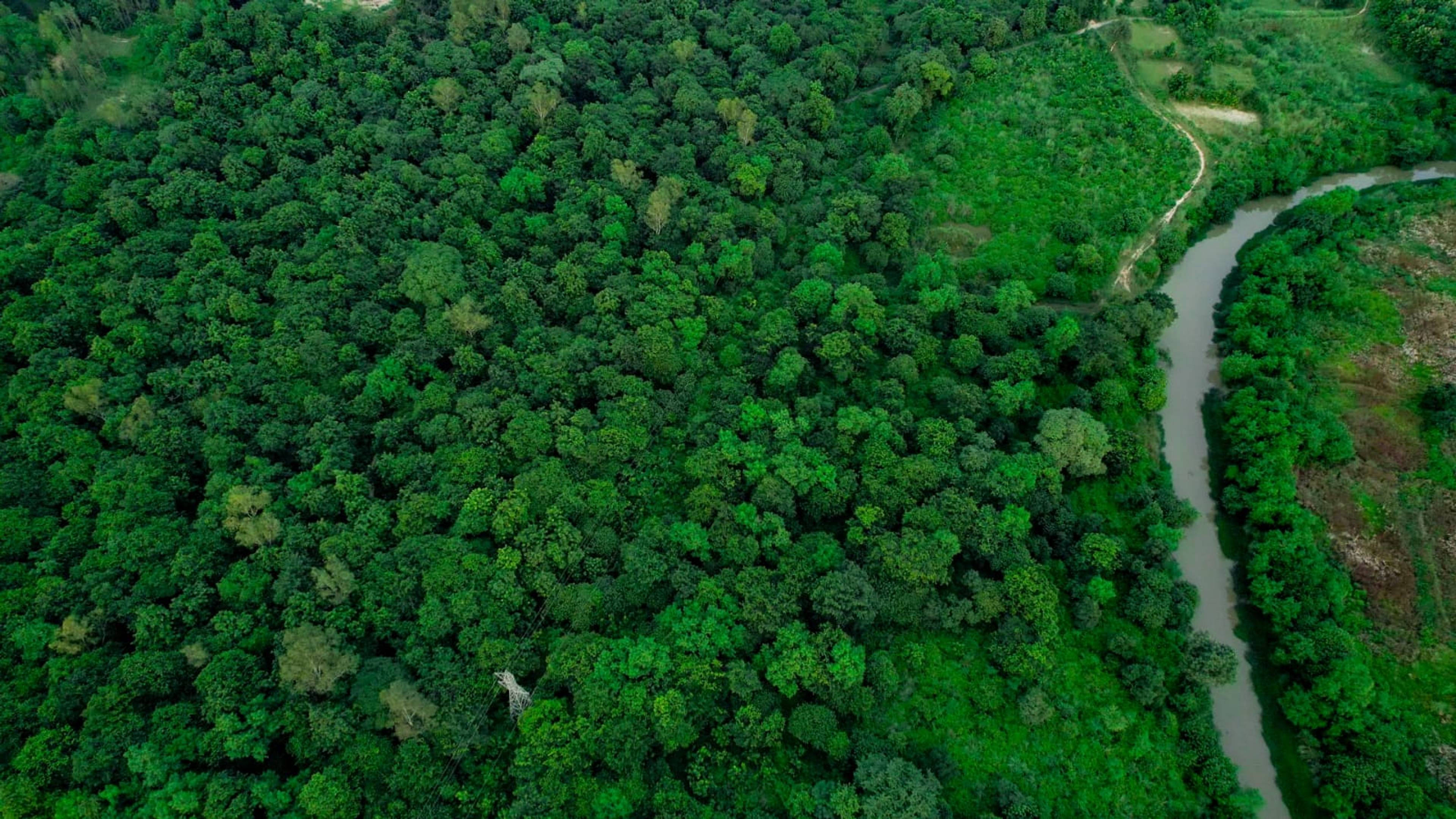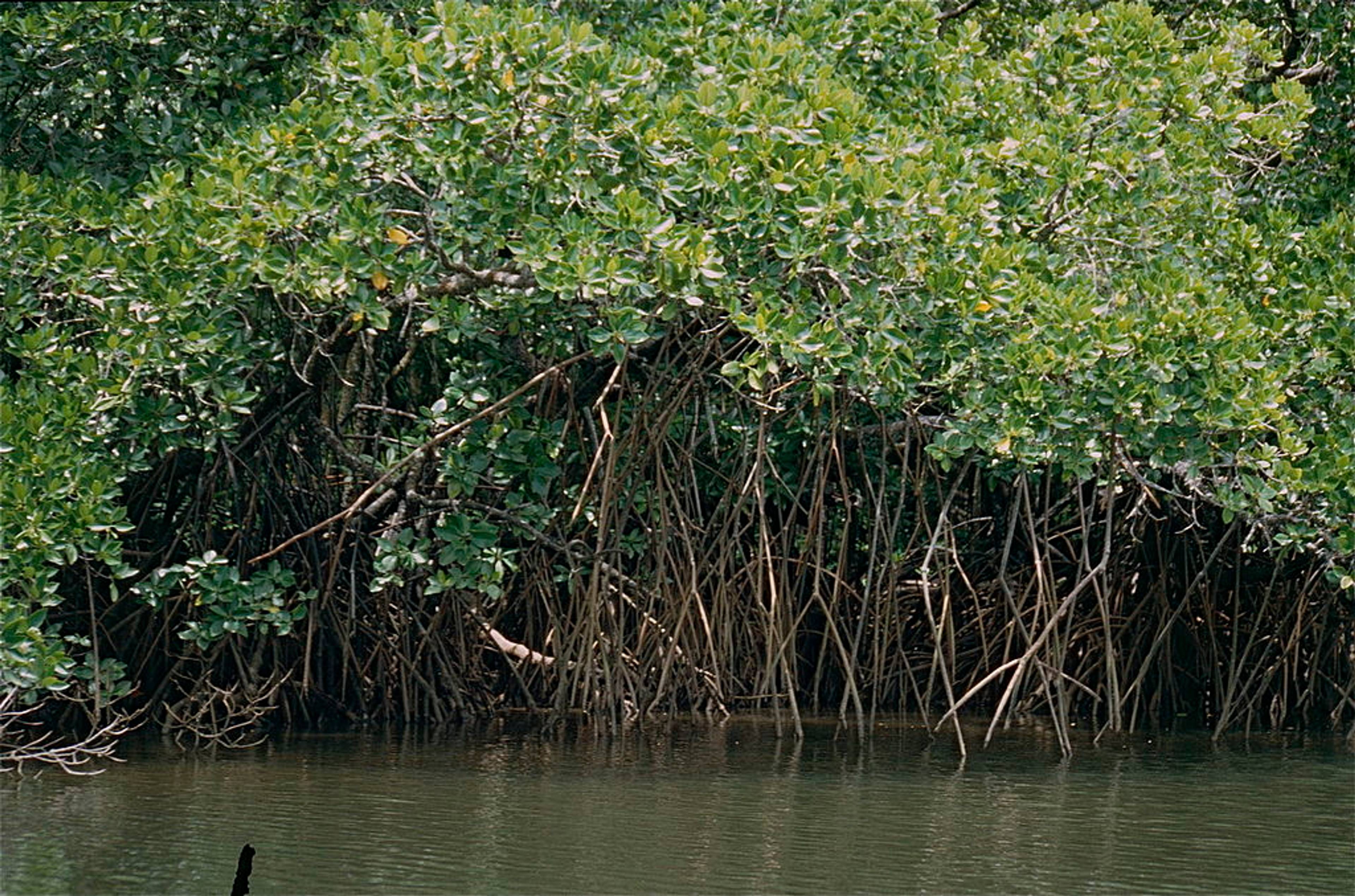Bouncing back from adversity.
In 2016, the project began revitalizing Central Tigray with a vision spanning over two decades, aiming to secure ecological, social, and climate benefits. Its goals were ambitious yet vital: restoring woodlands, supporting agroforestry, and developing ecosystem services across the region.
The project started with 950 participants. By 2023, it had dramatically expanded to 11,176 hectares and engaged 20,805 households, reflecting a commitment to gradual and steady growth.
However, the journey has faced challenges. In late 2020, conflict erupted in the region, leading to the occupation of project areas by external forces. The community of Togoga, near Meam Atali, suffered devastating bombings, resulting in the loss of essential infrastructure and over 200 injuries.
Despite these hardships, operations swiftly resumed in 2021, prioritizing humanitarian aid for the most vulnerable. The project proved resilient: independent studies using remote sensing found no significant decrease in vegetation cover in the project sites, corroborating field observations by the project team.
Today, the project continues to expand, fostering environmental sustainability amid adversity. The dedication to restoring Tigray's landscapes and supporting local communities remains unwavering, demonstrating the power of resilience and community-driven efforts in achieving lasting impact.
4
schools constructed, serving 400 students.
29,000
vulnerables families supported with cash-for-food assistance.

Gedmigestate, nestled on the steep slopes above the village, serves as an example of ecosystem resilience in the region when provided with targeted holistic restoration efforts.














